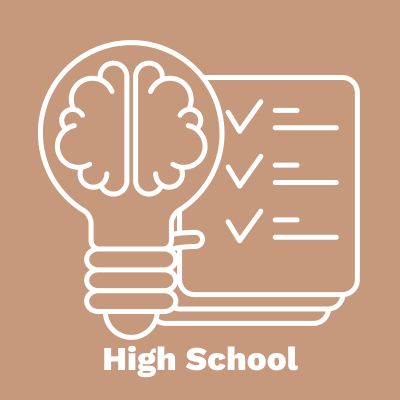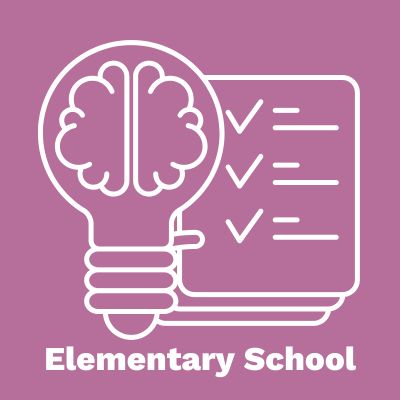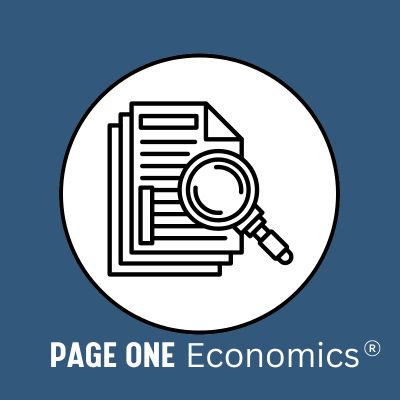Teaching Economics with Active Learning
Teach economics with active and engaging lessons.
{{searchResultSnippet}}
Welcome to the new Federal Reserve Education website. Register an account and start saving favorite resources!
But there's good news! Our Federal Reserve Education website has plenty to explore for educators and students. Browse teaching resources and easily save to your account, or seek out professional development opportunities.
Sign up and access even more features:

Teaching Economics with Active Learning
Teach economics with active and engaging lessons.

Teaching Market Structures with Gum
Highlight different market structures through a role playing game.

Demand
Describe the demand side of the market.

Building Human Capital | It's Your Paycheck Lesson 1
Identify the link between investment in human capital and earning income.

Entrepreneurs
Assess students' strengths as future entrepreneurs

Kiddynomics: An Economics Curriculum for Young Learners, Lessons for Grades Pre-K-K
Introduce young children to the economic way of thinking.

Bitcoin: Money or Financial Investment
Discover the differences of how people view Bitcoin.

Making Personal Finance Decisions Curriculum
Teach valuable personal finance lessons grounded in economic theory.
{{resourceTitle}}
{{resourceBlurb}}